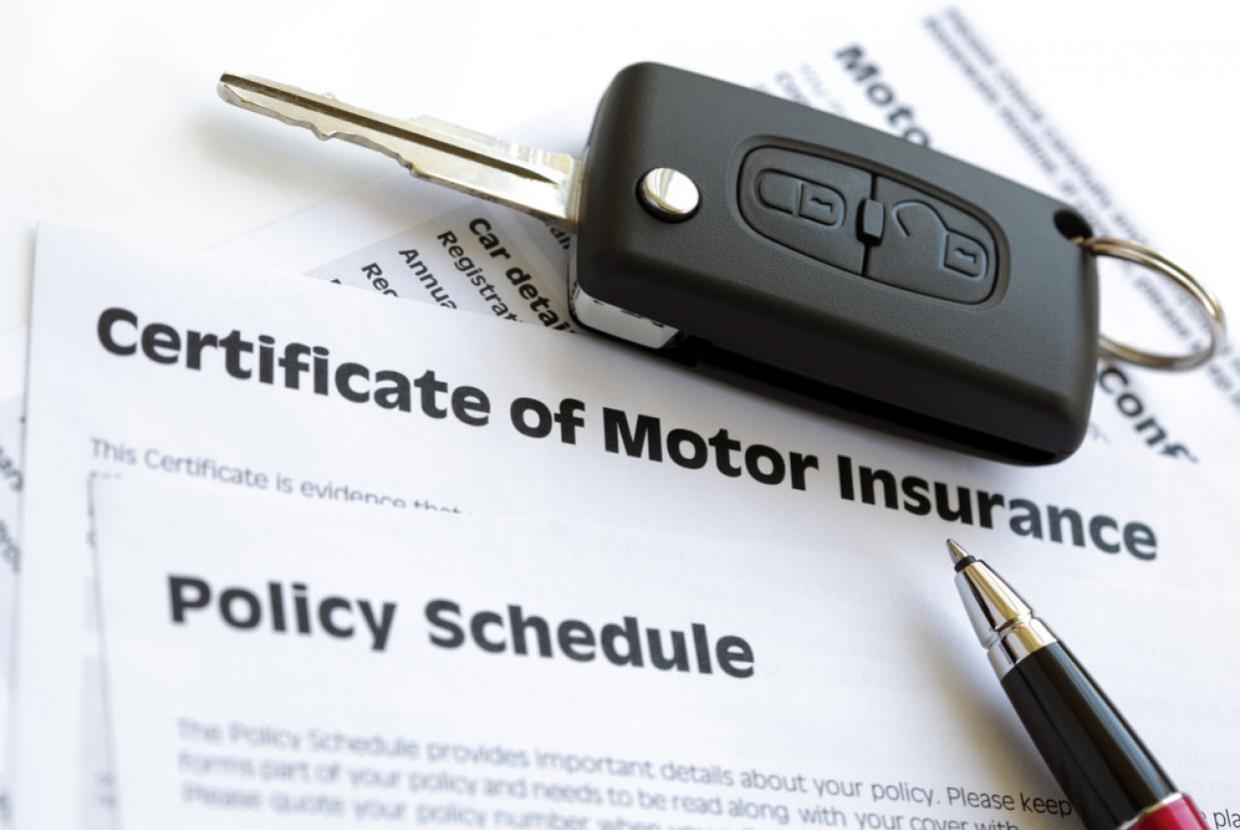Pet Insurance
Pet insurance exists to protect you against unexpected costs related to your pet, such as vet bills. Find out how pet insurance works, what to look for, how much it might cost and some of the other things to consider if you’re thinking about buying a policy.
What does pet insurance do?
These are policies that help you cover the cost of veterinary treatment and medical expenses when a pet gets injured or becomes ill. The policies available can vary significantly in cost, what they cover and what they don’t include. The more comprehensive policies cover:
- dental costs
- loss of a pet through theft
- third-party liability – where a pet has caused damage or harm to property or a person.
Do I need pet insurance?
If you’re unsure if pet insurance is worth it, consider how you would deal with an unexpected bill. Costs can vary depending on the treatment and where you are, but it can go into the hundreds and often thousands of pounds.
You’ll need to balance this with the cost of your premiums and the likelihood that you’ll make a claim. Whether pet insurance is worth taking out depends on several different factors. For example:
How old is your pet?
Older animals can cost more to insure, but are often more likely to need medical attention.
The kind of pet you have
Most policies are taken out for cats and dogs, and it’s easy to find insurers for these animals. You can also get insurance for smaller mammals, such as gerbils, rabbits and hamsters. But their shorter lifespans mean it’s not necessarily good value.
Exotic pets, such as lizards, snakes and parrots, are harder to insure as there aren’t many companies offering this service. But it’s worth shopping around.
Can you self insure?
Self insuring is when you have enough money saved up to cover any vet treatment needed instead of buying insurance. This is a valid alternative, but you need a lot of discipline to make sure that money is always available, particularly if you have to pay for expensive, ongoing care.
How risky your pet is
For example, pedigree dogs and cats can be more susceptible to congenital diseases and hereditary conditions.
They’re also more likely to be stolen. Similarly, certain breeds are more vulnerable to specific problems – for example, larger dogs are more likely to suffer from joint problems.
What can pet insurance cover?
Like other forms of insurance, pet insurance policies can vary widely. The cover available can be broken down into costs associated with vet bills, and the items included on top of those.
Vet bills
These can be unexpected and often expensive. Covering them is the main reason people take out pet insurance. Check your policy carefully to understand exactly what can be claimed for, how much you’ll get and for how long. Some treatments that can be covered are listed below:
- General vet costs – including a range of treatments for accidents, injuries and illnesses.
- Hereditary and congenital conditions – generally, these aren’t classified as existing or ongoing conditions. However, you’ll need to make sure the cover is ‘unrestricted’ rather than only under certain circumstances.
- Long-term and ongoing conditions – normally only covered if you have a lifetime policy. Check the individual policy to find out how much cover you have in this area.
- Dental care – covered on some pet insurance policies, but not all. Usually covers dental care required due to accident, illness or injury, but not for cosmetic work.
- Alternative treatments – such as homeopathy, acupuncture and physiotherapy – can be covered through your pet insurance if recommended by a vet.
- Breeding risks or costs – if you’re planning to use your pet for breeding, you’ll need to make sure this is covered. Spaying or neutering your pet will normally result in an insurance premium reduction.
What else can be included
- Loss or theft of your pet. Make sure this covers your pet’s purchase price, which you might need proof of, otherwise your insurer might pay ‘market value’. The insurance company might also pay towards the cost of advertising your lost pet (£300 or more) and the cost of a reward for its recovery (£250 or more). Some policies will offer enough cover to replace your pet if they’re not found.
- Treatment for behavioural problems. This should also be covered in a good policy, and cover needs to be for £500 or more. The treatment might also need to be carried out by a professional organisation or under the direction of a vet.
- Death by illness or injury. You might need to arrange for a qualified vet to certify the cause of death. An age limit usually applies to cover for death by illness. A good policy should also cover euthanasia if your pet has to be put down.
- Liability cover. This is only available for dogs, and will cover any costs you’re legally responsible for paying if an incident involving your dog causes injury to someone or damage to property. Cover is usually for £1 million or more, but only costs the insurer has agreed to will be covered. Most policies also specify that you shouldn’t admit liability. You can get pet insurance either just to cover this situation (third party) or as part of a more comprehensive pet insurance policy. The Dogs Trust offers third party cover up to £1 million as part of its membership.
- Cattery and kennel fees. This is if you have to go into hospital for more than four days in a row. Cover needs to be for £500 or more.
- Any emergency treatment your pet might need when travelling abroad. Cover needs to be for £1,500 or more.
Types of pet insurance cover
There are four main types of pet insurance – Lifetime, Annual (or time limited), Accident only and Maximum benefit.
Lifetime
This is the most comprehensive type of cover you can get. You pay premiums every year during your pet’s life, and the insurer will have to keep covering you – regardless of age or any existing conditions (subject to conditions).
As your pet gets older, your premiums are likely to increase.
Annual (or time limited)
You pay for 12 months’ worth of cover on a rolling basis. This gives you the option to switch to a cheaper policy each year. This kind of policy costs less, but might offer less comprehensive cover and generally will not cover pre-existing conditions.
You’ll also struggle to find insurance as your pet gets older.
Accident only
The most basic and cheapest level of cover available. It covers accidents (such as your dog being hit by a car), but not illnesses.
Maximum benefit
Also known as ‘per condition’, this cover provides a fixed sum to treat each illness or injury for as long as the policy remains in force.
How to buy pet insurance
Pet insurance can be relatively expensive, so it’s worth shopping around for the best deal.
Comparison websites are a good place to start. But they don’t all cover the whole market. So use a few different sites to make sure you don’t miss any good deals.
Several retailers sell pet insurance, and you can also buy it direct from insurers. Among the specialists in this market are Petplan and Healthy Pets.
You might be able to get the first four or five weeks of insurance for free, under a deal that many breeders and pet shelters now offer. If you have an exotic pet that you’re struggling to find insurance for, a broker might be able to help.
Five things to think about when you’re buying pet insurance
1. Your pet’s age
Cover for older dogs and cats is harder to find, as they're more likely to need treatment. Some insurers will only let you take out a new policy if your pet is under eight or nine years of age, or even younger for some special breeds.
Buying a lifetime policy when they’re young might not be the cheapest option, but it guarantees your pet is always covered – even for long-term illnesses.
2. Be honest about their medical history
You must declare any pre-existing conditions when trying to get insurance for your pet. Otherwise, the policy might be void and your claim rejected. If your pet does have a pre-existing condition, you might still be able to find a deal – but you probably won’t get any cover for the pre-existing condition.
3. Be smart with excess
This is the amount of a claim that you agree to pay up front. Some insurers ask for a percentage-based excess as well as a flat fee. This is known as a ‘co-insurance excess’ and could get very expensive if you’re paying big vet’s bills.
So look for a policy that charges just one excess fee of £50 to £100. Also, avoid policies that increase the excess amount as your pet gets older – unless you would prefer a higher excess fee in return for cheaper premiums.
4. Check the maximum cover for vets’ fees
The maximum amount of cover that different types of policies provide for vet bills is usually:
- £6,000 a year for life
- £5,000 per condition a year for life
- £5,000 or more per condition in total.
5. Can you cut how much your pet insurance costs?
Microchipping your dog has been a legal requirement since 6 April 2016. However, you might save some money by microchipping your cat. Having your pet spayed or neutered can also reduce premiums, as it eliminates the risks associated with breeding and pregnancy.
If you have more than one pet, you could take out multi-pet insurance. This gives you a discount for any subsequent animals put on the policy.
How to cancel pet insurance
You can ask your insurer to cancel your policy at any time, but there are a few things to be aware of:
replacement cover might be more expensive as prices are based on your pet’s age when your policy starts
if your pet has pre-existing medical conditions, they usually won’t be covered under a new policy
you’ll usually have to pay a cancellation charge, unless you’re at renewal.
If you’ve paid upfront and haven’t made a claim, you’ll receive a refund for the remaining months – minus any cancellation fees.
Ask your insurer for help if you’re struggling to pay
If you’re considering cancelling due to cost or affordability, it’s important not to cancel insurance you need – or miss a payment. Instead, contact your insurer and tell them you’re struggling.
Insurers must support customers in financial difficulty, so they’ll explain your options and ways they can help. For example, they could set up an alternative repayment plan or adjust your cover to match your needs and lower the cost.








































